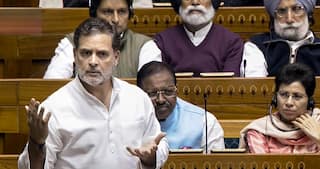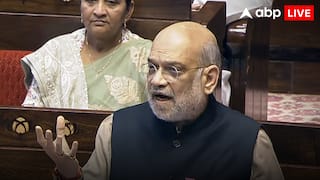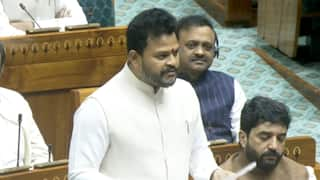Bus Ride Through Time: How 'Rohtang' VR Project Plans To Tap Into India’s 'Soft Power'
Developed by Gurugam-based Tagbin, the "Rohtang" VR project is expected to be launched in March this year.

From the outside, the customised electric buses of Tagbin’s “Rohtang” virtual reality (VR) project might not appear any different from any other vehicle. However, once you step inside, you will soon find yourself surrounded by giant transparent screens where the windows were supposed to be. When the bus starts moving, views on the screens will start changing, taking you on a visual journey of the history of Himachal Pradesh, with an overall story that is deeply rooted in India’s cultural history and with a stirring message when the journey comes to an end.
The “Rohtang” project promises to be a one-of-a-kind group VR experience, where users won’t need to put on a VR headset to experience augmented visuals. That bit will be taken care of by the customised screens.
This won’t be like your run-of-the-mill 7D theatre experience, either. When a visitor sits inside the bus, they will experience jerks and movement of the bus as they’d feel in any other bus moving at a speed of 60 kmph. So, while the VR screens tell the story through visuals that change with the movement of the bus, the physical aspect of the overall experience will be incorporated naturally.
The project will be set up at the Atal Tunnell on the Rohtang Pass in Himachal Pradesh. The customised ‘VR Bus’ will move through the tunnel during shows (from the North portal to the South portal), with each ride lasting 20 minutes.
Why the choice of a bus, you ask? As per Tagbin CEO and founder Saurav Bhaik, it’s all been designed to deliver a “realistic” experience. “We want to make visitors feel as if they are moving on a normal bus, but the visuals will keep on changing,” Bhaik told ABP Live.
Tagbin is a Gurugram-based tech-driven think tank that has worked on several recent technological marvels powered by VR and augmented reality (AR) such as the Netaji Subhash Chandra Bose hologram statue at India Gate, the Pradhanmantri Sanghralaya, and was also the brains behind the digital outreach of the Har Ghar Tiranga campaign.
What story will the 'Rohtang' experience tell?
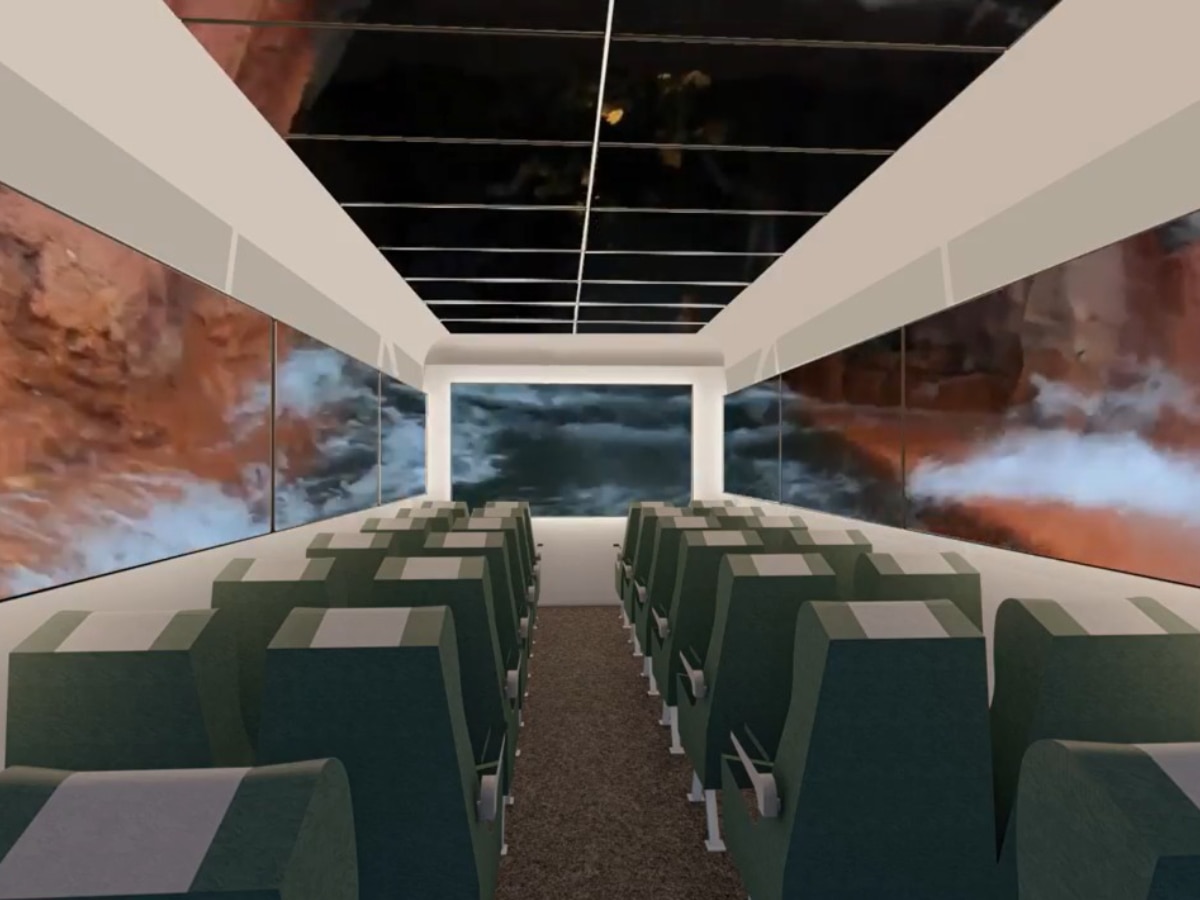
Tagbin is planning to show several concepts via the “Rohtang” experience. The primary one is a sort of time-travel experience that talks about climate change. When the bus starts moving, visitors will see visuals of men cutting trees in order to build more buildings on the hills. “Slowly, things will take a gloomy turn as the visuals will show the adverse effect we have left on our environment,” Bhaik Said.
“You will slowly see glaciers melting and more such visuals,” added Bhaik. “All of this is intended to offer a thrill of the journey, slowly giving the visitor the feeling that the world is about to end.”
Finally, when the journey ends, all the screens will go dark for a few seconds, before normal visuals return once again — but this time, with a message along the lines of, “Take care of our planet, it will take care of you. If you destroy the planet, it will end up destroying you.”
“Another concept that we are also working on is to show the historical villages of Himachal Pradesh during the ride,” said Bhaik. “For example, there were a group of villages which got submerged. All such locations and histories will be shown during the ride. Visitors will feel like they are teleported back into that era, and they will see everything unfold in front of them through the windows.”
Designing the journey
Tagbin has tied up with homegrown electric vehicle (EV) manufacturer Foton PMI to bring the ‘VR Bus’ come to life. “We are working on a completely customised bus, so we have to start from scratch,” Bhaik said. “The body of the bus is currently being built and by the end of January, the body of the bus will be ready, with all the screens and hardware.”
The overall story has been written by popular lyricist Manoj Muntashir, who wrote hit songs such as “Galliyan” and “Teri Mitti”. Tagbin reaches out to third-party experts to handle the research aspects of its projects, with all the other aspects being handled by its own curatorial, design, technology, and implementation teams.
Currently, Tagbin is working on the “level design” of the experience. It should be noted that the “Rohtang” project is not a typical VR offering, where a linear video plays on a VR headset. It has more interactive elements to it. For example, the driver of the bus can choose one of the available directions and the visuals will play out accordingly. “This is more like designing a gameplay, which is being developed in-house,” said Bhaik.
Bhaik believes that the project will be ready for launch in the first week of March.
Building on India’s ‘soft power’
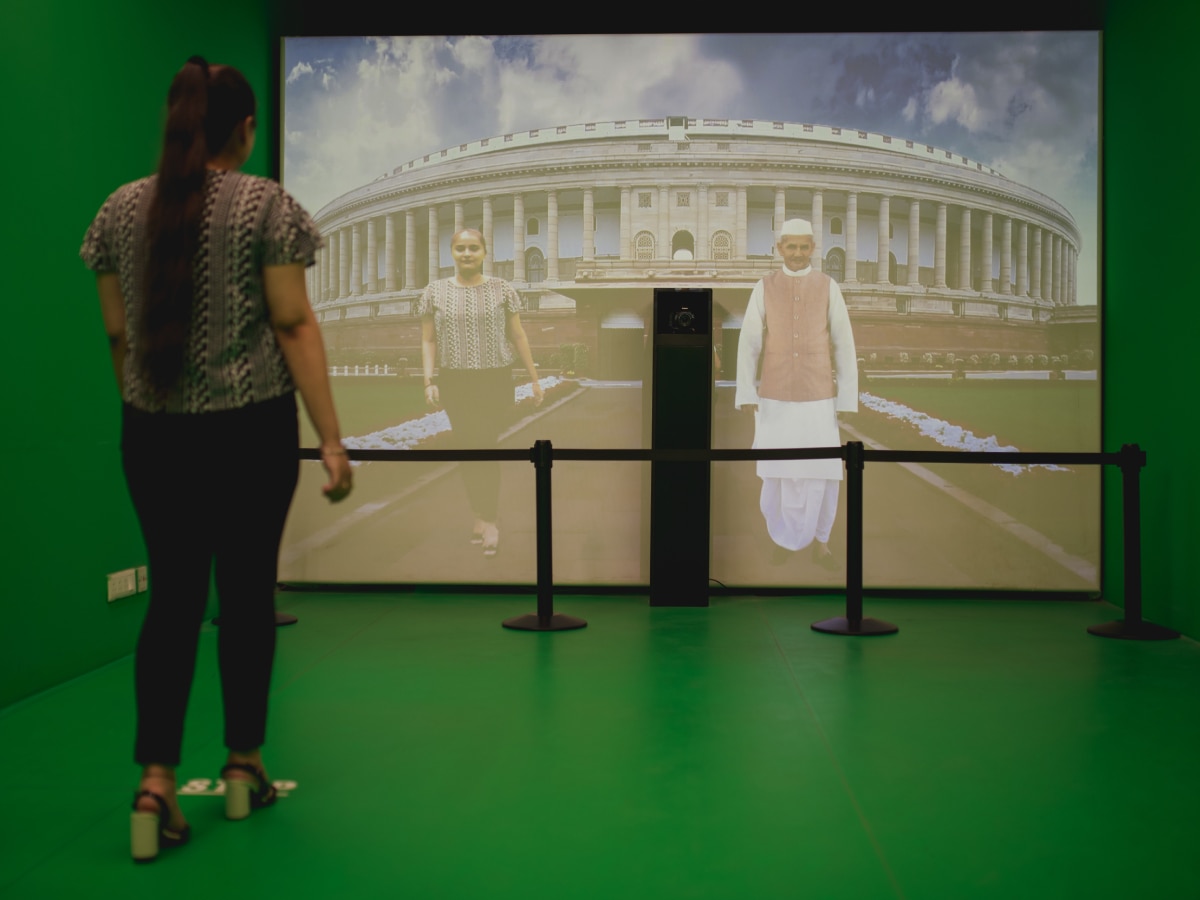
Bhaik has his own take on the popular Confucius quote — “I hear and I forget. I see and I remember. I ‘experience’ and I understand.” While the Chinese philosopher said “I do and I understand,” Bhaik’s witty change to “experience” perhaps best explains why Tagbin relies heavily on VR and AR in its projects.
“We try to bring a visitor very close to the reality, which is only when his retention or understanding will be very high,” said Bhaik. “Technology is an enabler and hence the overall message becomes interesting when we use technology to communicate.”
“Also, youngsters are our main target audience and they usually get very excited when they interact with these kinds of technologies, helping us deliver our message subconsciously,” Bhaik added.
Bhaik, an IIT Roorkee alumnus and a fan of billionaire entrepreneur Elon Musk, has a simple vision behind Tagbin — to build on the ‘soft power’ of India.
Soft power is what helps understand the love and support — and perhaps, pride — for a country in the minds of its citizens (and others who experience it).
“When I graduated from IIT, most of my friends left and went abroad and soon enough they felt that these countries were ‘great’. Tagbin aims to build on that feeling among today’s youngsters for their own country, where they appreciate the culture and values of India itself,” said Bhaik.
With its 80-employee-strong team, the nearly 10-year-old Tagbin is currently working on several new museums, including one on the Geeta and another on Bhagat Singh.
It is also working on a unique ‘Wikipedia of India villages’ — called “Mera Ghar, Meri Dharohar” — which will collate the historical and cultural data of 6.5 lakh villages and put them on a digital database via a smartphone app. Users can interact with a virtual map on the app, where they can zoom in on any village of their liking and learn about their interesting past and unique stories. From a Rajasthani village where every third birth is that of a twin to another village in Tamil Nadu where everyone only talks in Sanskrit — the app plans to introduce users to all such wonderful curiosities.



























